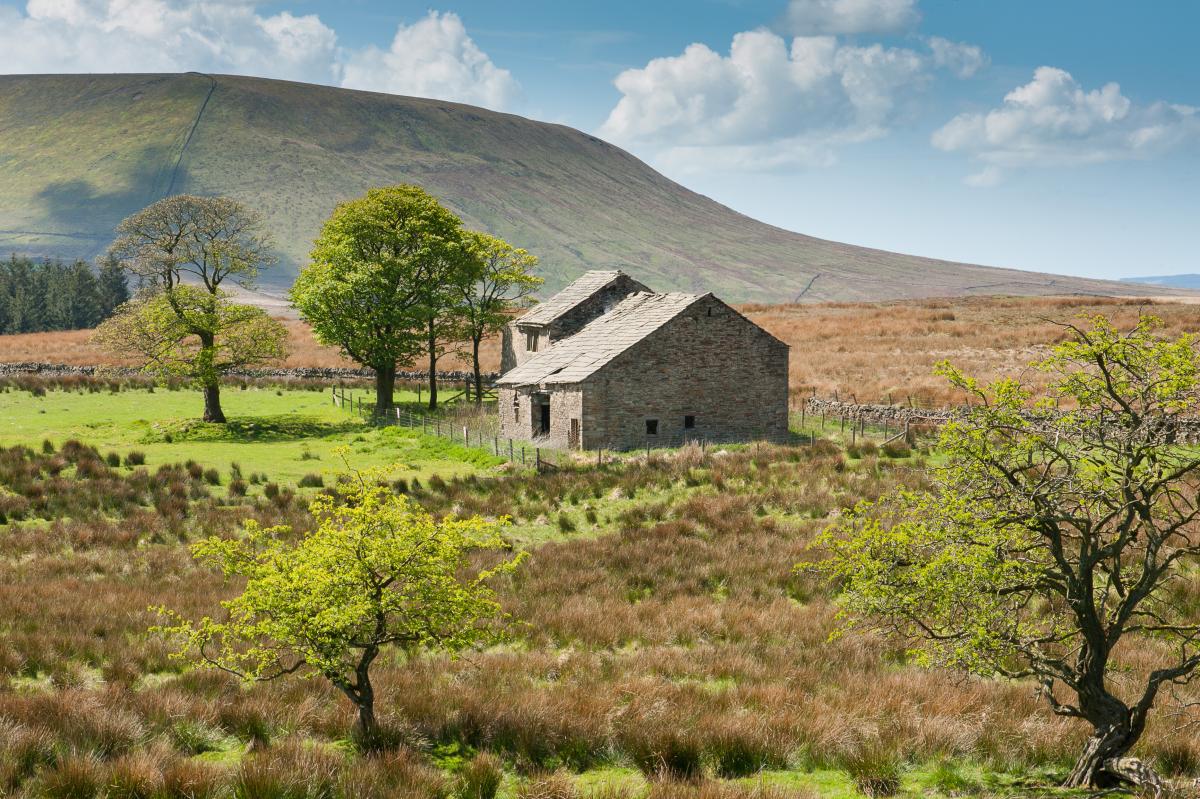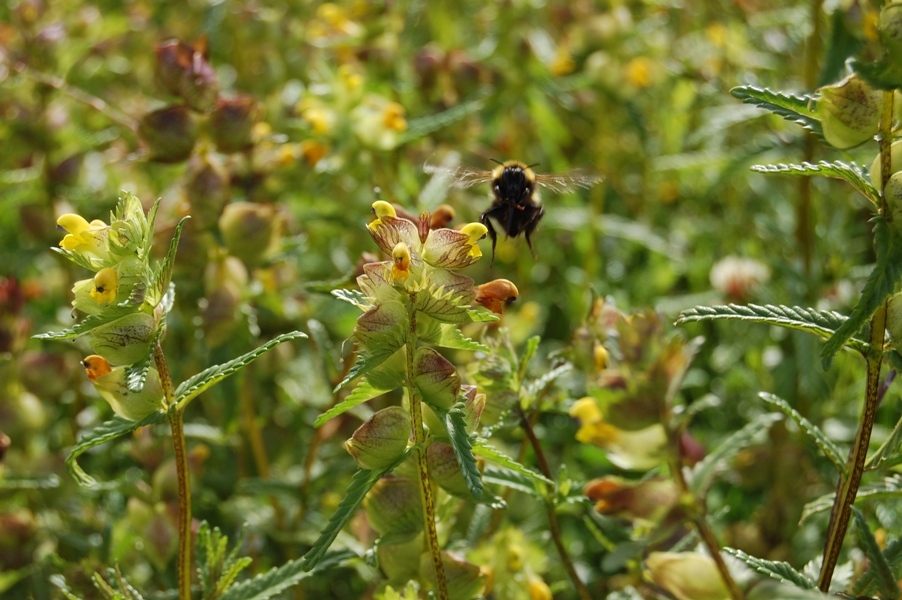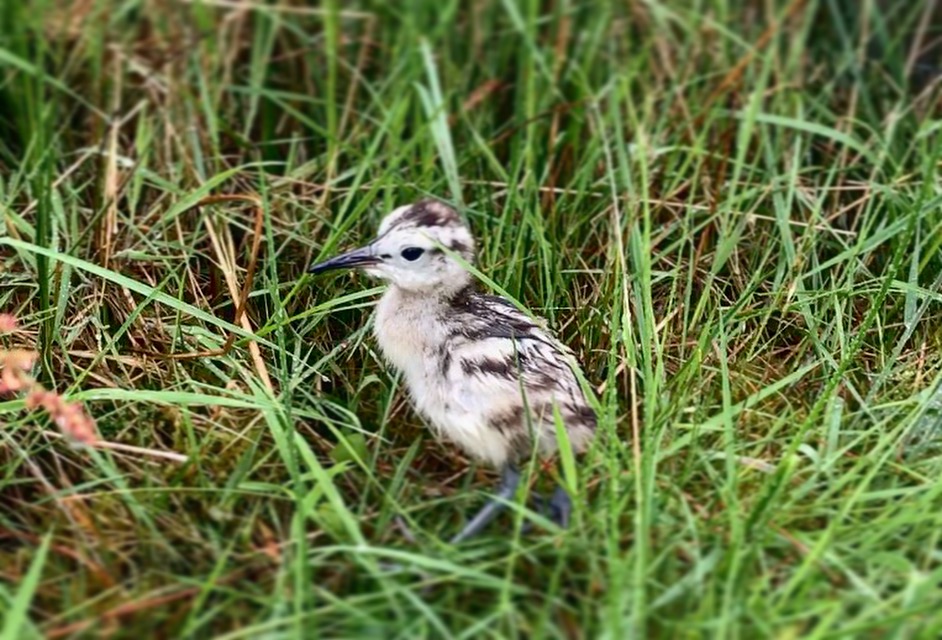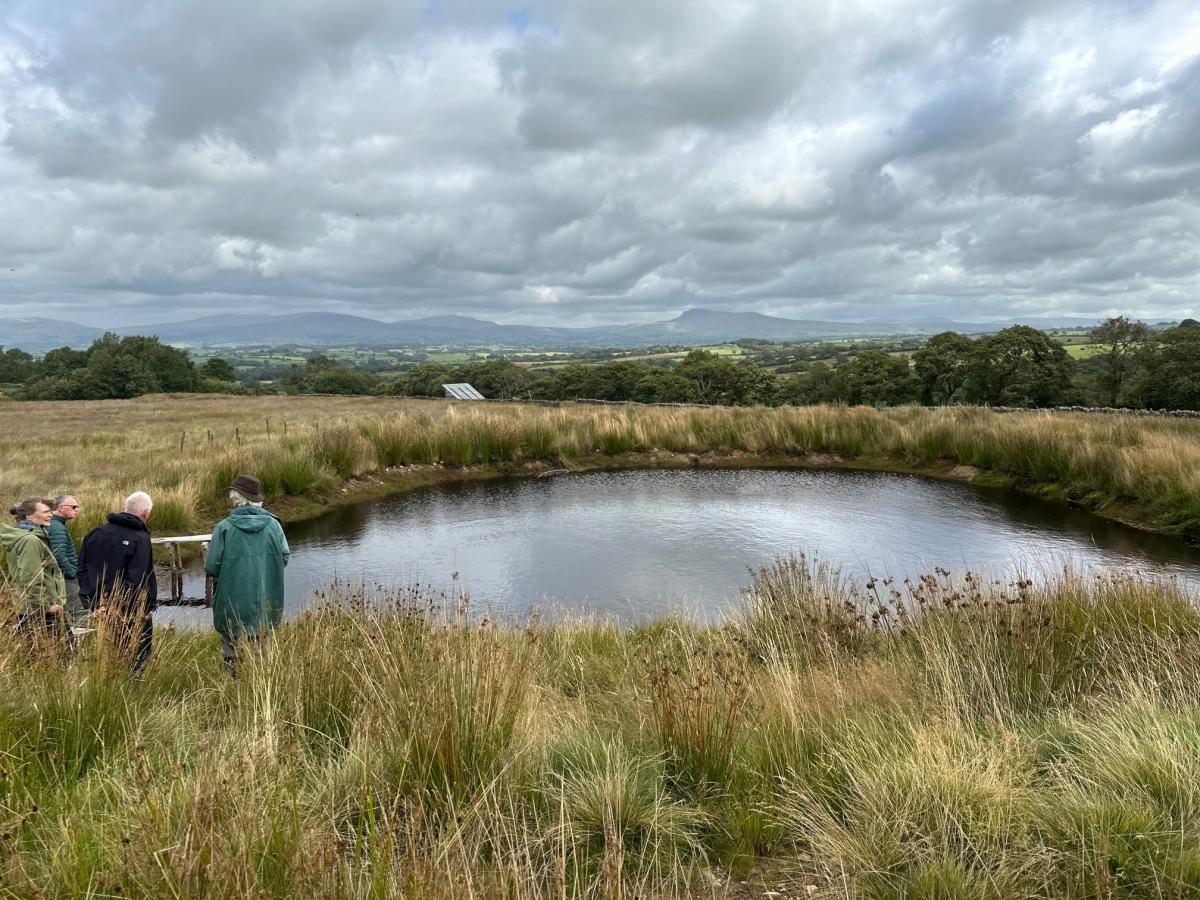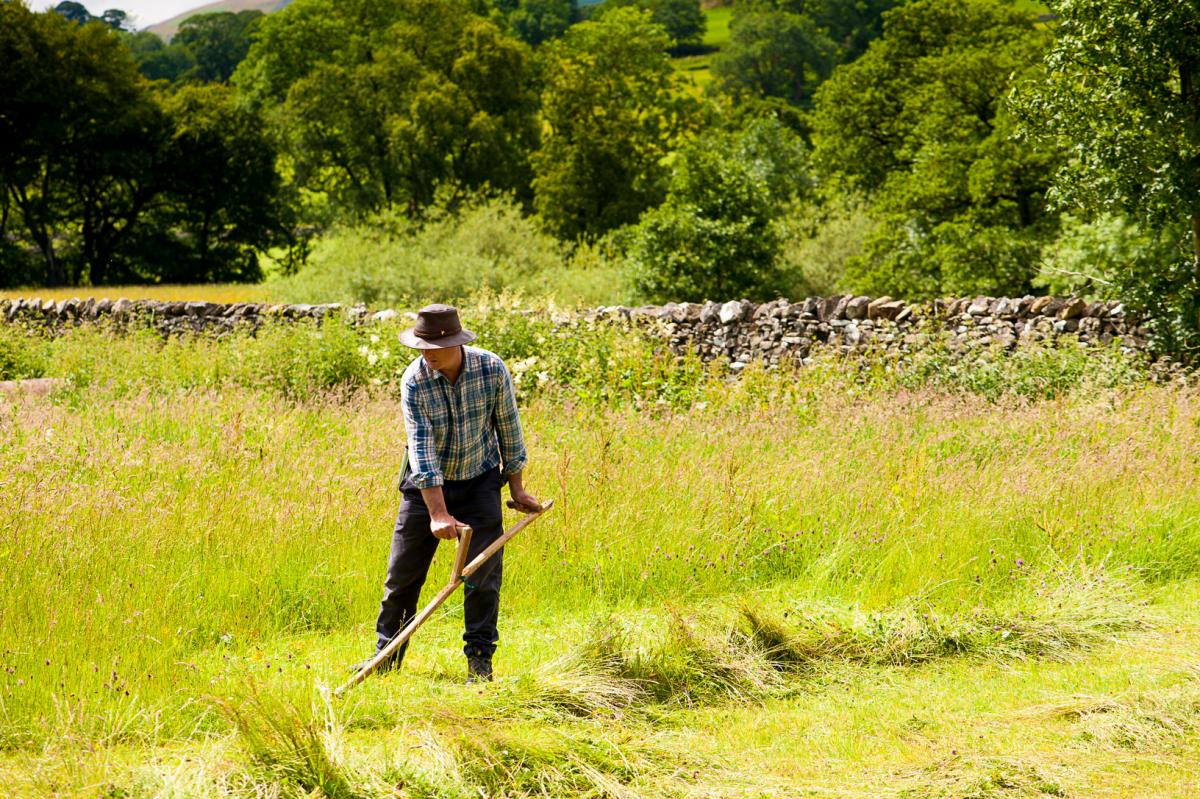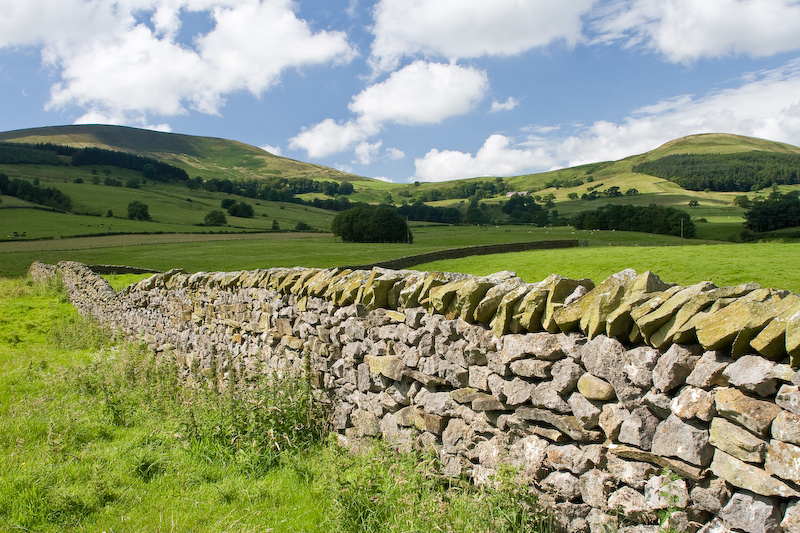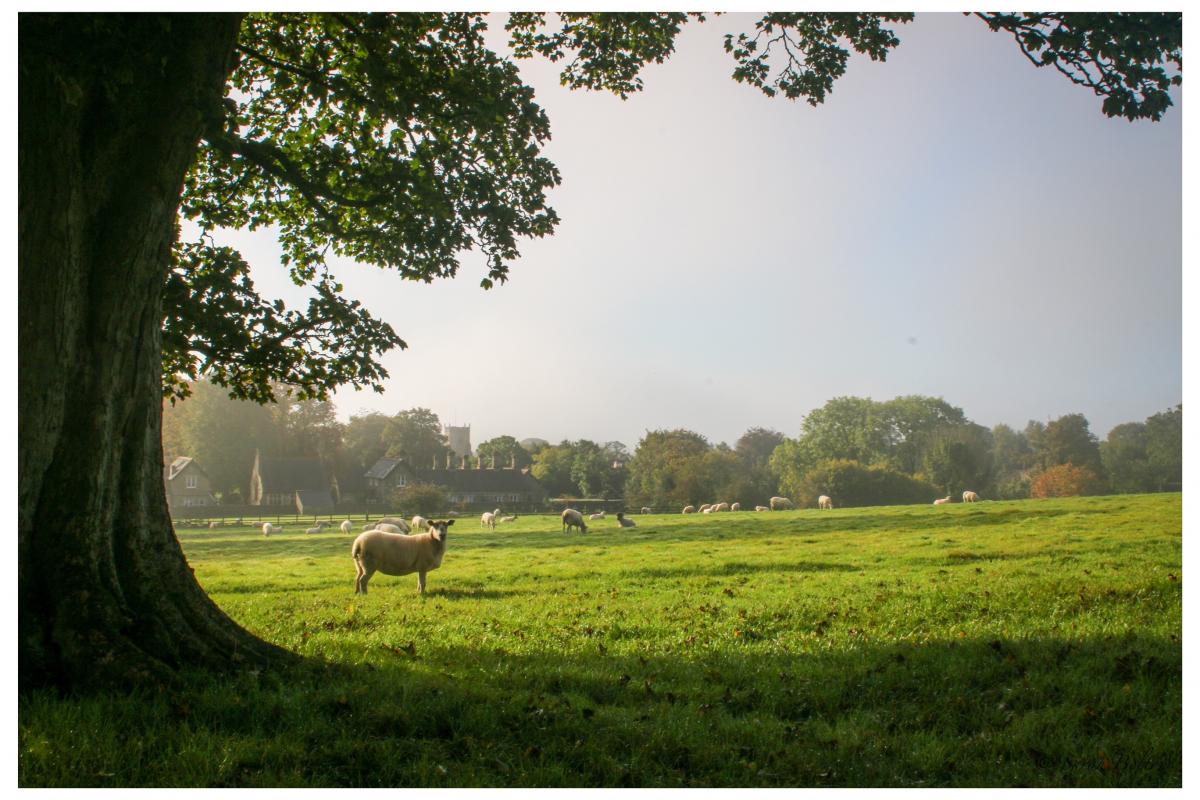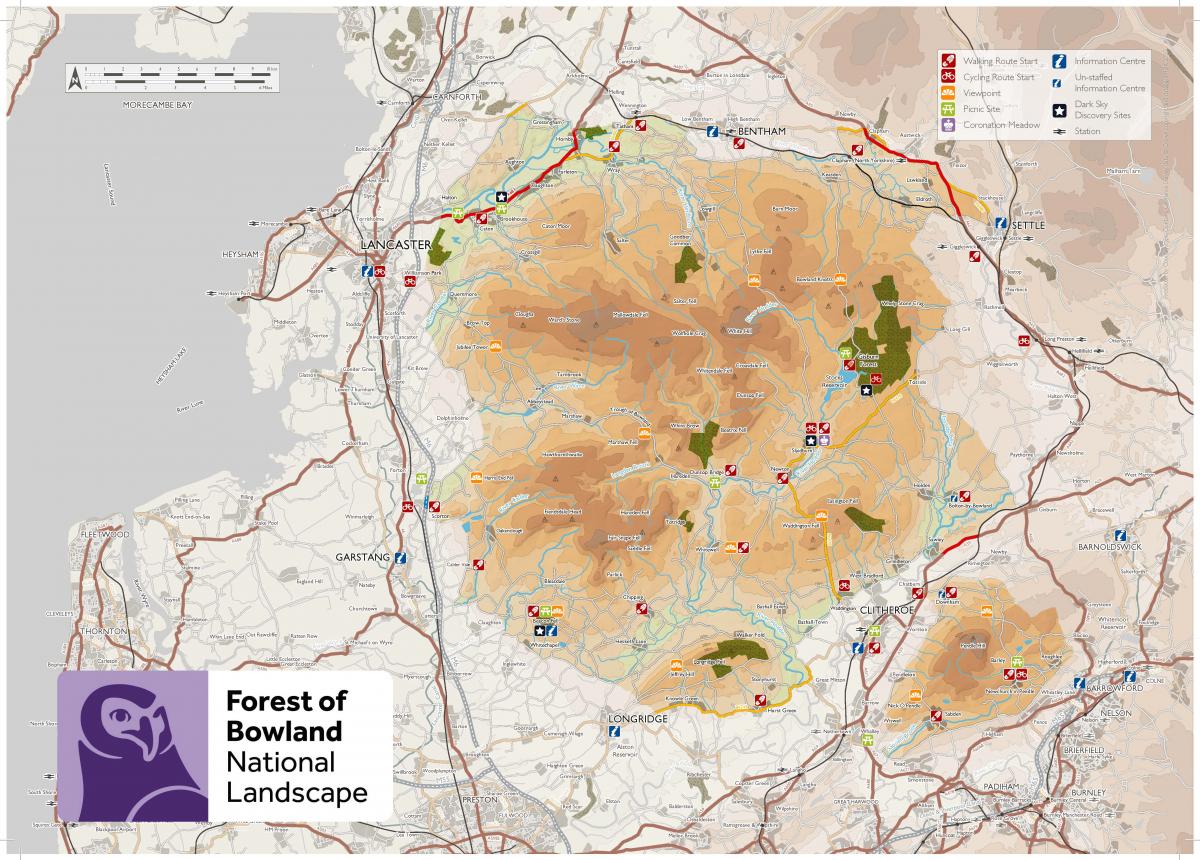Last updated: 8th January 2026
*** UPDATE 08/01/2026 *** – Following the Secretary of State, Emma Reynold's speech made at the Oxford Farming Conference (OFC) on 8th January 2026, we are delighted to say that the Farming in Protected Landscapes programme has been given a further 3 year extension to run from 1st April 2026 to 31st March 2029. Although details are still being finalised, Defra has confirmed there will be a national budget of £30million available in the 2026/27 funding year alone, which is similar to previous years. Details of the announcement from the OFC can be found here and we will of course post updates on our FiPL webpage as and when more information becomes available.
In the meantime, funding for this current year is fully allocated, however we do encourage you to submit your expression of interest which you can do so here.
We're certainly excited for another three years of funding important and innovative projects! You can view the recently published 4 year FiPL report by Defra here too.
Protected Landscapes - our National Parks and National Landscapes - are special and unique places. They are living, working landscapes that also support a huge range of habitats and species, and they are enjoyed by millions of people every year. By supporting the farmers, land managers and people who live and work in these areas, we can help protect these exceptional places and support local communities.
To help do this, Defra has introduced the Farming in Protected Landscapes Programme, which will run from July 2021 to March 2026.
Overview
Eligibility
What the Programme Will Pay For
Case Studies
Payment Rates
Maintenance Agreements
How to Apply
Application Assessment
Useful Links
Overview
Through the programme, farmers and land managers can be supported to carry out projects that support nature recovery, mitigate the impacts of climate change, provide opportunities for people to discover, enjoy and understand the landscape and cultural heritage, or support nature-friendly, sustainable farm businesses. This is a programme of funding for one-off projects covering these areas of work, not an agri-environment scheme.
The programme is part of Defra’s Agricultural Transition Plan which is committed to help farmers and land managers deliver against the four outcomes explained below, in a holistic approach. It has been developed by Defra with the support of a group of National Landscape and National Park staff from across the country. In the Forest of Bowland National Landscape we have a dedicated team in place who will be managing the programme.
In the Forest of Bowland National Landscape, we have received a huge response to the programme since it opened in July 2021, with over 400 expressions of interest submitted. We have supported £3.5 million through successful projects and now have 210 projects completed or underway.
Click this link to see a list of the successful projects so far.
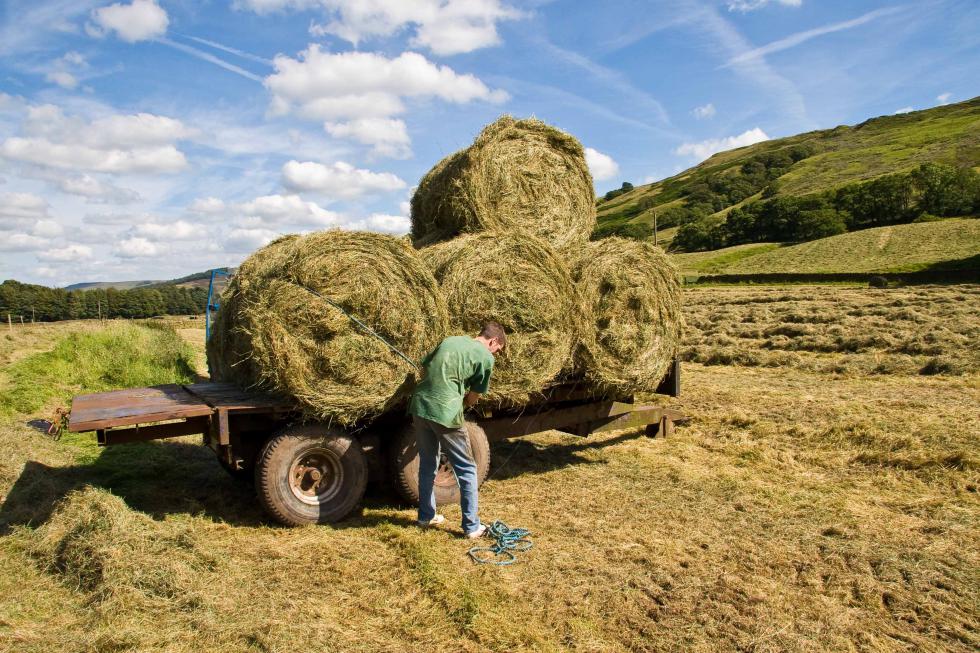 Eligibility
Eligibility
The Farming in Protected Landscapes programme is open to all farmers and land managers (including from the private, public and charity sector) in a National Park, National Landscape or the Norfolk Broads – or where activity on the ground can bring benefit to one or more of those areas.
You must manage all the land included in the application, and have control of all the activities you’d like to undertake, or you must have written consent from all parties who have this management and control.
The programme can only support projects where the items or activity has not yet started or been purchased.
Other organisations and individuals can apply, as long as they do this in collaboration with a farmer or land manager, or in support of a farmer or group of farmers.
Common land is eligible for support through the Programme. You can apply as a landowner with sole rights, or as a group of commoners acting together.
The programme supports activity on any land within the Forest of Bowland National Landscape. It can also support activity on other land where projects can demonstrate benefit to the Forest of Bowland National Landscape's objectives or partnership initiatives. Most of the funding will probably be provided to projects within the Forest of Bowland National Landscape boundary.
You can see the boundary by visiting the MAGIC mapping website. Click on ‘designations’, ‘land-based designations’ and then ‘Areas of Outstanding Natural Beauty England.’ Or view the image at the bottom of the page.
What the Programme Will Pay For
The Farming in Protected Landscapes Programme will pay for projects that, in the opinion of the Local Assessment Panel (see ‘Application assessment’ below) provide value for money and meet at least one of the outcomes listed below, under four themes.
Climate outcomes
- More carbon is stored and/or sequestered
- Flood risk is reduced
- Farmers, land managers and the public better understand what different habitats and land uses can store carbon and reduce carbon emissions
- The landscape is more resilient to climate change
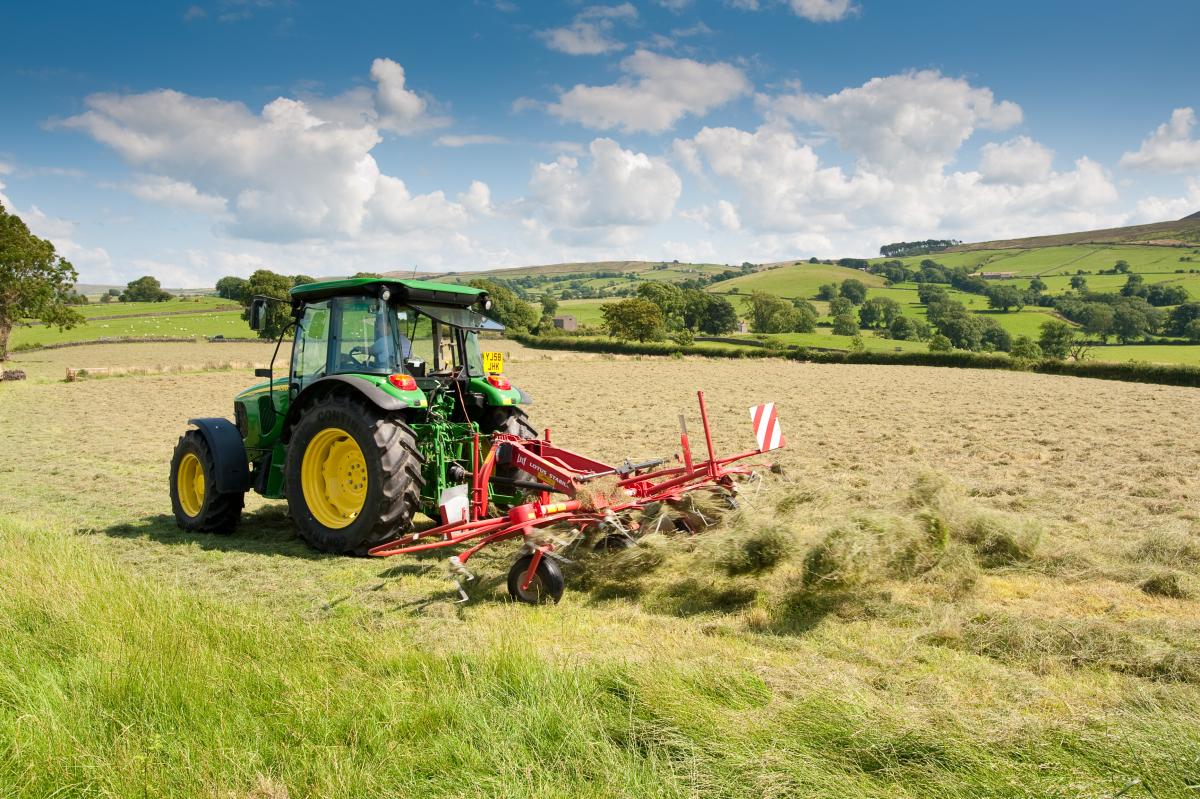
Nature outcomes
- There is a greater area of habitat improved for biodiversity
- There is an increase in biodiversity
- There is greater connectivity between habitats
- Existing habitat is better managed
People outcomes
- There are more opportunities for people to explore, enjoy and understand the landscape
- There are more opportunities for more diverse audiences to explore, enjoy and understand the landscape
- There is greater public engagement in land management, such as through volunteering
- Farmers and land managers feel increasingly comfortable with providing public goods
Place outcomes
- The quality and character of the landscape is reinforced or enhanced
- Historic structures and features are conserved, enhanced or interpreted more effectively
- There is an increase in the resilience of nature friendly sustainable farm businesses, which in turn contributes to a more thriving local economy
Your project must also help to deliver at least one of the objectives of the Forest of Bowland National Landscape Management Plan. Details of these objectives can be viewed here: https://www.forestofbowland.com/management-plan
Examples of the what the programme might support:
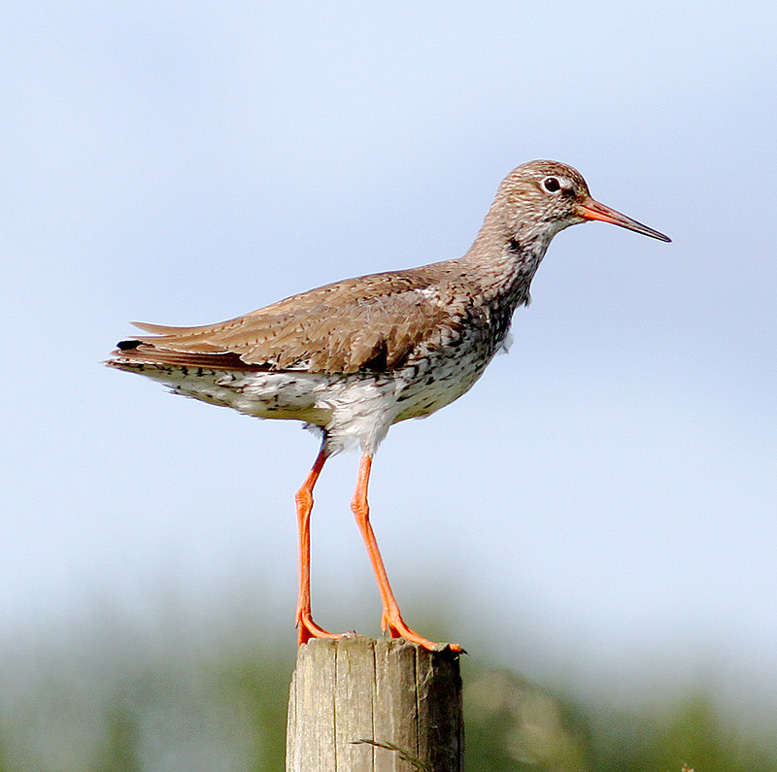
- Re-wiggling a straightened watercourse, for the biodiversity and natural flood management benefits this can bring
- Replacing stiles with gates on public footpaths to promote easier access
- Restoring drystone walls across a landholding
- Creating wader scrapes, or creating ponds to support a variety of wildlife
- Promoting connectivity between habitats
- Creating and promoting a series of farm walks across a cluster of farms, providing new access opportunities, links to the rights of way network and interpretation of farming and of the natural and historic features on the land
- Conserving historic features on a farm, such as lime kilns or lead mining heritage
- Parking improvements at a key site provide safe access to popular walking routes and reduces congestion for visitors and for local residents
- A pop-up camping facility, alongside the provision of new walking trails and on site activities, including e.g. stargazing and dawn chorus walks
- Supporting a locally-branded food initiative which promotes the links between the product and the landscape in which it is produced
- Re-wilding an area of land and promoting natural processes
- Action to reduce carbon emissions on a farm
- Whole farm planning for conservation, energy efficiency and economic resilience, including in farmer clusters
- Gathering data and evidence to help inform conservation and farming practice
- Accessing farm business advice
- Working with new audiences to enable them to experience the Protected Landscape
Case Studies
Click the links below to download the case studies of some our successful projects:
- FB003 - Re-wilding project
- FB004 - Creation of wildlife corridors and educational group visits project
- FB013 - Farm regenerative feasibility study, access for all building support and educational access visits project
- FB020 - Wild things project
- FB027 - Replacement barn doors and calf house restoration, wall top wiring & dry stone wall restoration, fence line restoration, hedge planting and wildflower meadow restoration project
- FB039 - Grassland diversification project
- FB040 - What did we wear before wellies (short film) linked to a summer events programme celebrating rural skills and local landscape
- FB062 - Footpath improvements - Pendle Hill route from Barley project
- FB064 - Wildlife and farming project
Payment Rates
If an applicant will not make a commercial gain through a project, they could receive up to 100% of the costs.
Where an applicant would benefit commercially from a project, they could receive between 40% and 80% of the costs through the Programme, depending on how much commercial benefit the project will give them.
The Programme will work alongside – not in competition with – Defra’s existing and new schemes, adding value where it is most needed. If a potential project can be rewarded through those schemes instead, you will be made aware of them. Please click this link to a list of existing national grant schemes
If an activity is equivalent to one under Countryside Stewardship (CS) or Farming Investment Fund (FIF), the Programme payment will be the same as the CS or FIF rate. If not, quotations must be supplied for the items as an actual cost capitalised item.
Maintenance Agreements
Capital infrastructure assets (including, but not limited to, fences, gates, building restoration), should be maintained for 5 years from the date of completion.
Machinery assets (for example a brush harvester for grassland restoration) should be maintained for 5 years from the date of purchase.
How to Apply
In the first instance please complete the online enquiry form via the link below, please note this must be completed by the farmer or land manager. Once we receive your enquiry form details you will be sent an acknowledgement email from a member of the team.
We are currently working on a 3-4 month waiting list for Expressions of Interest.
Applications must be developed with the National Landscape Farming in Protected Landscapes team before being submitted.
Funding is only eligible for work that has not commenced prior to a live agreement in place.
- View the Full Guidance for Applicants here.
- View the Applicant checklist here
- View a copy of the Application Form here (you must complete an enquiry form and be in communication with your assigned FiPL Officer before completing an application)
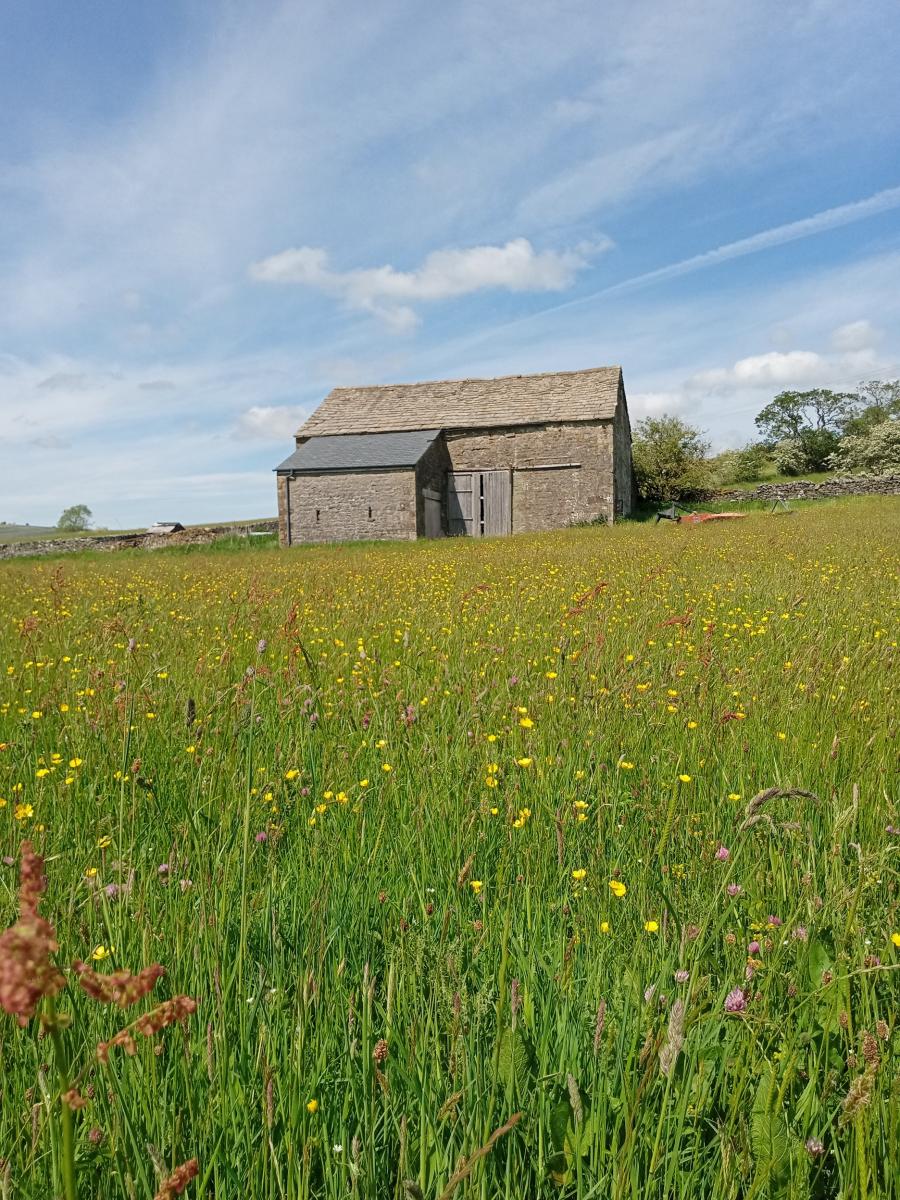 Application Assessment
Application Assessment
Applications for £10,000 and over will be judged by the Local Assessment Panel.
The Local Assessment Panel is made up of 8 to 12 people from 10 representative bodies including: Forest of Bowland National Landscape, Natural England, farmers and land managers, rural business sector as well as conservation organisations.
We expect that the panel will meet to make decisions every 6 to 8 weeks.
Applications for less than £10,000 will likely be decided upon by a senior member of the National Landscape team.
The FiPL team may send an application under £10,000 to be judged by the Local Assessment Panel.
Useful Documents
- Enquiry Form
- Applicant Checklist
- Download the Guidance for Applicants
- View a copy of the Application Form here (you must complete an enquiry form and be in communication with your assigned FiPL Officer before completing an application)
- Farming in Protected Landscapes Year 1 Report
- Farming in Protected Landscapes Year 2 Report
- Farming in Protected Landscapes Year 3 Report
- Farming in Protected Landscapes Year 4 Report
- Farming in Protected Landscapes Headline Figures Summary
- Farming in Protected Landscapes Agreements Map
- National Grants - Links & Information
If you have a question about the Farming in Protected Landscapes Programme you can contact;
- General enquiries – bowlandfipl@lancashire.gov.uk or 01200 448 000
- Tarja Wilson – Development Officer – tarja.wilson2@lancashire.gov.uk or 07855 973 907
- Sarah Whitwell - Development Officer - sarah.whitwell2@lancashire.gov.uk or 07720 156 394
- Nichola Gill - Development Officer - nichola.gill@lancashire.gov.uk or 07890 030 548
- Emily Brazington - Development & Programme Officer - emily.brazington@lancashire.gov.uk or 07966 482 139
- Laura Simpson - Programme Assistant - laura.simpson2@lancashire.gov.uk or 07720 155 857

